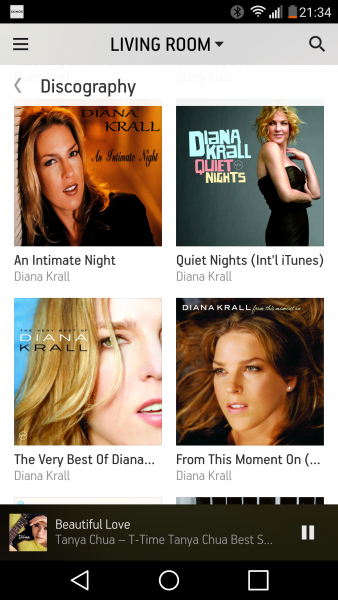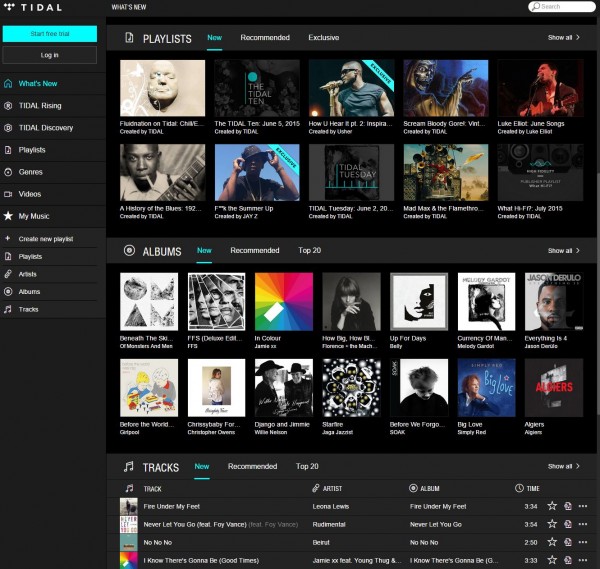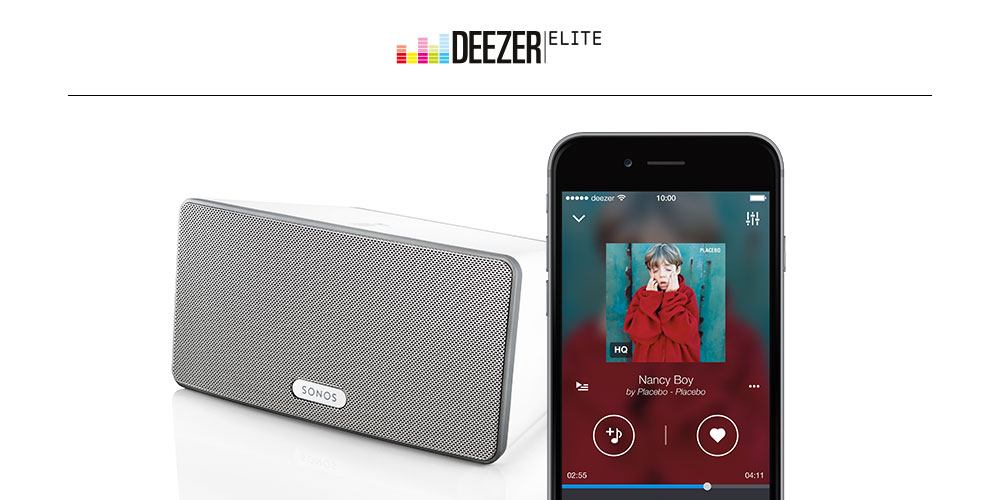

Music fans have never had so many streaming services to pick from in Singapore. Spotify leads the way, while rivals such as Deezer and Tidal have also got their fans.
And the biggest push could yet come from Apple, when it launches its own streaming service today in the United States, as widely expected.
For the audiophile, however, the much-desired CD-quality music streamed over the Net still isn’t that easily attainable. For now.
Spotify’s paid service streams tracks at up to 320Kbps – which is fairly good – but in terms of the higher-quality lossless streaming, you can only count Deezer Elite and Tidal HiFi as easily accessible in Singapore.
Here’s how they fare from our listening tests in the past few months:
Tidal HiFi
One of the first out with CD-quality streaming, Tidal HiFi’s arrival in Singapore surprised many. It wasn’t a pleasant surprise, as it turned out for me.
As a paying customer soon after its launch, I have been disappointed by how often the streaming stuttered and even stopped altogether.
Especially in the afternoons, a song would stop playing and just get stuck waiting until you restarted the playback. Sometimes, even that didn’t do the trick. You just couldn’t play the track at all.
In the evenings, it was often better and the pauses were rarer. To be fair, when it worked, it worked a treat. The quality of tracks from Diana Krall, for example, sounded clearer with more extension for both the treble and bass than compressed MP3s.

However, Tidal suffers from an uncertain quality of service that made it a deal breaker for me. Frustrated one evening after waiting for a track to restart and play – it just wouldn’t, in the end – I went to the Tidal site and cancelled my subscription.
The other thing that Tidal has to improve, now that it is rich with pop star Jay Z’s cash, is the desktop app. It feels so elementary that it pales in comparison to rivals such as Deezer or Spotify, which offer much better search capabilities, for starters.
Good news is that Tidal plays on a number of devices, besides the PC and smartphone.
It connects to popular streaming devices such as the Bluesound Node and Sonos Connect. I even made it work with my old Logitech Squeezebox Media Server running on a QNap network storage device, with some basic tweaking.
The catalog isn’t too bad either, even if you are into Chinese songs that you don’t expect from a Western streaming service. I could even find old songs from Stephanie Sun on Tidal’s 30-million-strong catalog.
Still, the streaming issues make Tidal a no-go, at least until the company gets them fixed. For a while during the two months I used Tidal HiFi, things did improve when the company paid for a content delivery service to ensure smoother streaming. Then things just went back to bad.
And I’m not speaking just from personal experience. A number of friends using various fibre broadband services offering up to 1Gbps links also couldn’t get a smooth experience.
For S$19.99 a month, Tidal HiFi has to do better. I’ve been told that things have improved once again after I cut off my service last month, but I’m staying away until things stabilise. I just don’t believe in paying for an experimental service.
Deezer Elite
Launched in Singapore in March, the CD-quality streaming version of Deezer is the better choice now, simply because it works as advertised. Now, the bad news – it works only with Sonos streaming devices for now, as part of an exclusive deal.
Folks who use other streaming devices can wait, though there’s no firm indication when the service will be made available to them. As a Squeezebox user, I’m certainly waiting.
But if you have a Sonos at home, then you are in luck. The Deezer Elite service has run smoothly even since I plugged in a borrowed Sonos Connect device into my hi-fi setup a few weeks ago.

Like Tidal HiFi, the lossless quality stands out from regular MP3s, especially if you listen to it with decent speakers in the living room. How does it compare to Tidal HiFi? It’s hard to tell, to be honest.
I’d take Deezer Elite over Tidal today, however, because I have yet to encounter a serious issue streaming tracks with Deezer. Its catalog of 25 million lossless quality tracks is also being improved with a more Asian focus as well.
The clincher, assuming you have a Sonos device, is the promotional prices. Deezer is offering existing subscribers a cut-price deal of S$9.99 a month for the first 12 months.
New Deezer Elite subscribers pay S$14.99 for the first 12 months, or they can choose to pay upfront for 12 or 24 months and enjoy the same S$9.99 offer.
Which streaming service should I choose?
If I already have a Sonos device, I’d go for Deezer Elite. The service is stable and it offers the CD-quality I’d crave for the living room hi-fi setup. I won’t be buying too many CDs after that, surely.
But since I don’t have a Sonos device, the next best alternative could be Tidal, if it works well enough. I’d advise that you take the 30-day free trial to see if the streaming quality has improved.
Failing that, step down to Spotify’s paid service. For S$9.90 a month, the premium service lets you stream at up to 320Kbps, which isn’t shabby.
Granted, the tracks are compressed, which means some parts of each track would have been truncated. However, you might not be able to hear the difference if you are not listening intently with a pair of decent speakers, like when you’re in front of a PC or on the go.
Source material counts too. Some tracks are poorly recorded to begin with, so a lossless CD-quality version won’t make it shine. Rubbish in, rubbish out, as they say.
Spotify is what I’m sticking with, after using it for the past couple of years. A suitable lossless streaming service has yet to appear for me – for now. But I’m sure that won’t stay for long.






